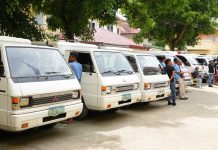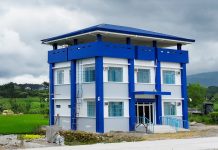TACLOBAN CITY – The number of well-trained and accredited tour guides here in the region has increase more than 10 times, raising the bar of tour guiding among its six provinces. The Department of Tourism (DOT) recently completed the month-long training of 23 regional tour guides, tagged as the best capacity building for the group in the regional level. “Now, they can be tour guides anywhere in the region. This is another feather to our cap because we only had two tour guides in the past,” said Tourism Regional Director Karina Rosa Tiopes.
“They passed through the eye of the needle from pre-screening, examinations to 27 days of rigorous training,” she added. According to Tiopes, this is the first seminar for tour guides in the regional level. In the past, the DOT conducted training only for community-based tour guides. The activity aimed at achieving high standards of selection, training, and certification of all local guide practitioners in the region. The Regional Tour Guiding Course module has considered provisions on European Union’s Innoguide Training as well as comments and recommendation of DOT-accredited tour guides.
The seminar topics include tourism industry overview, becoming a tour guide, knowing about Philippines, local tourism, destination and activities in the country, Filipino culture, environment, developing tour guiding knowledge and skills, tour guide tools, personality development, and crisis management. Participants were also engaged in fieldworks such as familiarization tours, research, and technique application. Tiopes is optimistic that with the new set of accredited and well-trained tour guides, tourist will appreciate the region more. Eastern Visayas, which consists of six provinces, is known for its natural and man-made attractions – Calbiga Cave, Ulot River, and Calbayog waterfalls in Samar; San Juanico Bridge, Macarthur Park, and Kalanggaman Island in Leyte; Calicoan Island in Eastern Samar; Biri Rock Formations and pink beach in Northern Samar; waterfalls in Biliran; and dive sites in Southern Leyte. (SARWELL Q.MENIANO)



